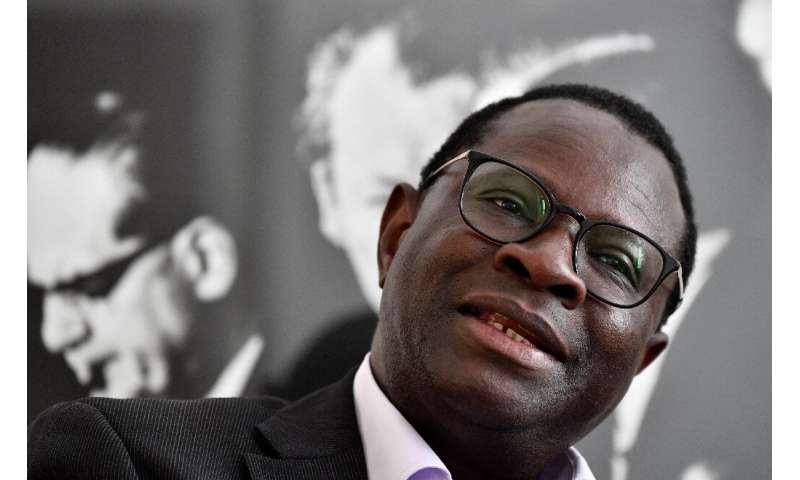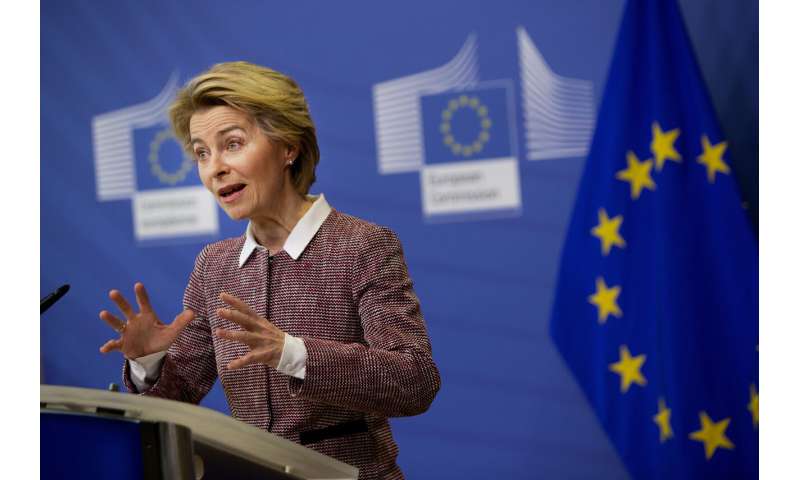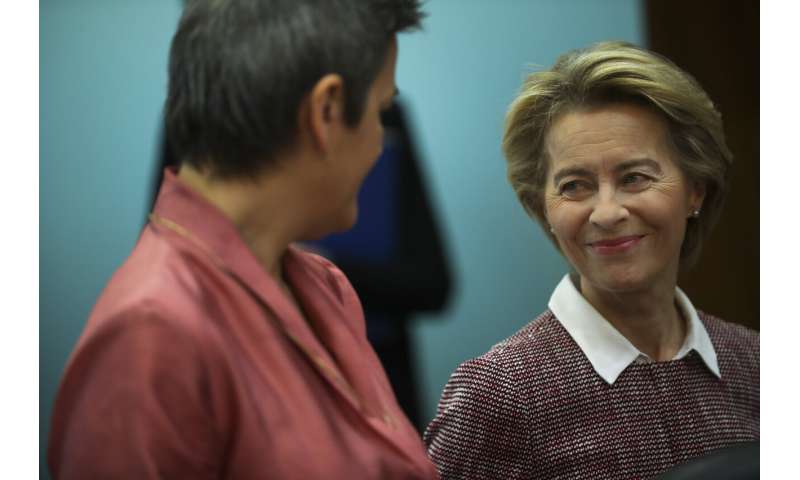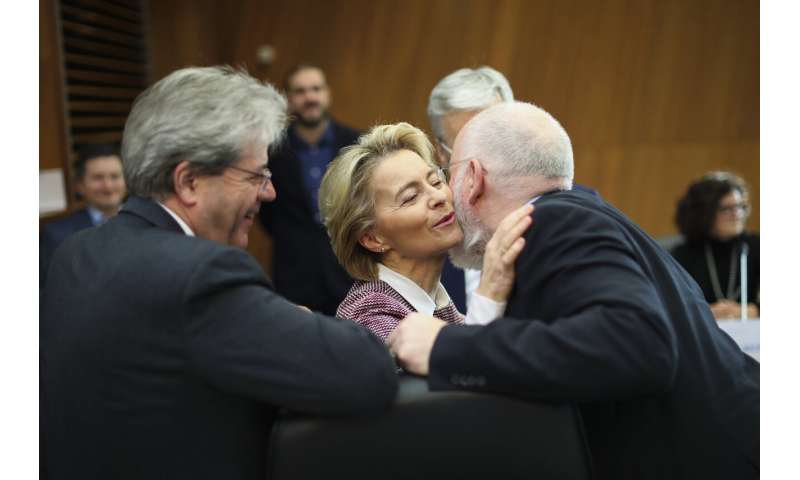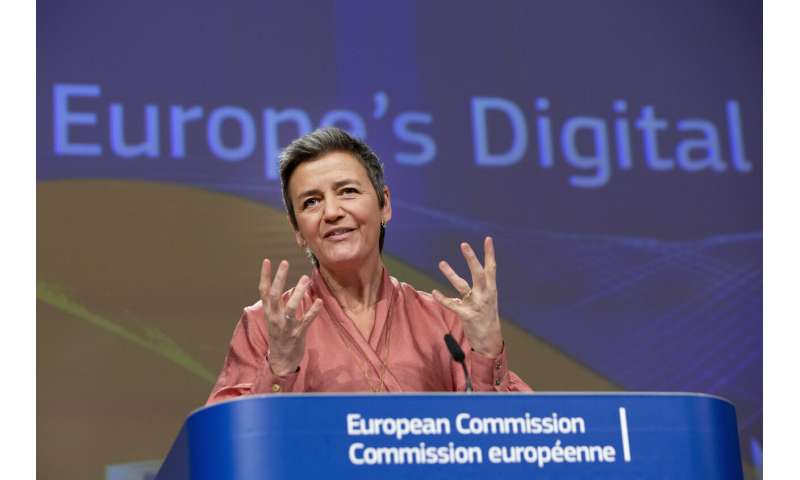Listen

LONDON: The Jewish lawyer of a British Pakistani man who won £1.2 million case against Mail on Sunday and David Rose has said that he decided to take up the case of Pakistani man because as a Jew he could feel what it’s like to be discriminated against and maligned.
Defamation law specialist Mark Lewis, who is based both in London and Southern Isarel, told in an interview that as soon as he saw article in Mail on Sunday (MoS) by David Rose targeting Pakistani man Wajed Iqbal, linking him with paedophiles and sex crimes, he could tell that the Pakistani Muslim has been stitched up to create a story.
Three weeks ago the Associated Newspaper Limited (ANL) – the publishers of the Daily Mail, Mail Online and the Mail on Sunday – settled £1.2 million case with Wajed Iqbal after accepting that the allegations made against him in an article published in MoS in August 2017 were false and had no basis in truth.
Wajed Iqbal, speaking to The News and Geo, said he had no doubt that David Rose and MoS had picked on him because he was a Pakistani and Muslim.
Mark Lewis, a leading lawyer fighting anti-semitism and prejudice, said: “The whole thing about Jewish people is that they know what bigotry is like as a Pakistani Muslims in the UK do. I grew up in northern England, like Wajed Iqbal, where my Jewish cousin who has no Pakistani background was hurled the slur of ‘Paki’ by people when we were teenagers and mistook his looks Pakistani youth. Coming from a Jewish background, I know when there is discrimination against a particular community. I choose to stand up for the victims of prejudice.”
Lewis said: “It shows that the poison that exists is due to a hatred of people who are different. They don’t need any rationality of logic.” Mark Lewis said racism and Islamophobia were the main factors why Wajed Iqbal was targeted by Mail on Sunday in its story. He explained: “My client was a low ranking officer in the local authority who was involved in the licensing of taxis.
He was picked on as being the person in charge of licensing taxis because if you get a Pakistani Muslim involved in taxi licensing in England, you invite prejudice. A huge scandal was orchestrated which shook the Pakistani community.
The building blocks of the controversy were Pakistani, Muslim and taxi. Put them all together and you find a scandal. The only thing is that it wasn’t true. If anyone did any research that conclusion would’ve been reached.”
Mark Lewis added: “It seems very obvious to me that he was targeted because he was a Muslim with a Pakistani background. Some people weren’t Pakistani Muslims who were more senior and more involved in taxi licensing in the same department as Wajed Iqbal but they were ignored but my client was targeted because of his background.” He said the MoS received documents from the local authority showing that there wasn’t any truth to these allegations. Mark Lewis said: “Whether its anti-Muslim bigotry or not, the story focused on a Muslim only because he was a Pakistani Muslim. That was the entire story. The test is not what David Rose thought but what the readers thought. David Rose said ‘there is a Pakistani Muslim taxi driver who is involved in something wrong’. It was biased. The timing was also suspicious as that time a BBC programme focused on the Rotherham scandal to mislead the public and created an unnecessary connection.”
Mark Lewis said that the MoS was expecting a non-party disclosure, hoping that the documents from the local authority would show that Wajed Iqbal was guilty however the documents showed quite the opposite. “They showed my client hadn’t done anything he was accused of. Wajed Iqbal took every step to ensure that those who would have committed any wrongdoing were brought to the attention of the local authority. When the Mail on Sunday found this, their initial reaction was to wait for more information from the local authority which exonerated their victim. When he was exonerated, the Mail on Sunday knew they had no other choice but to negotiate with my client.”
Mr Iqbal had been wrongfully accused of acting as a “fixer” for paedophile taxi drivers in the May 2017 article. Wajed Iqbal, 44, had sued Mail on Sunday stating that his life had been ruined by the defamatory article, leaving him reliant on anti-depressants, jobless, and prevented from seeing his children. He had told the court that the Mail on Sunday picked on him because of his Pakistani heritage, his racial background - linking him with a disgusting scandal to create a false story.
Mail on Sunday’s reporter David Mail has stressed that he’s not anti-Pakistan and anti-Muslim. David Rose spoke around three weeks ago after both Mark Lewis and Wajed Iqbal had accused the paper of anti-Muslim bigotry. David Rose says he’s fighter against racism and allegations of racism and bias were false.








 NASA's New Horizons spacecraft captured this high-resolution enhanced color view of Pluto on July 14, 2015. The image combines blue, red and infrared images taken by the Ralph/Multispectral Visual Imaging Camera (MVIC). Pluto's surface sports a remarkable range of subtle colors, enhanced in this view to a rainbow of pale blues, yellows, oranges, and deep reds. Many landforms have their own distinct colors, telling a complex geological and climatological story that scientists have only just begun to decode. The image resolves details and colors on scales as small as 0.8 miles (1.3 kilometers). Credit: NASA/Johns Hopkins University Applied Physics Laboratory/Southwest Research Institute
NASA's New Horizons spacecraft captured this high-resolution enhanced color view of Pluto on July 14, 2015. The image combines blue, red and infrared images taken by the Ralph/Multispectral Visual Imaging Camera (MVIC). Pluto's surface sports a remarkable range of subtle colors, enhanced in this view to a rainbow of pale blues, yellows, oranges, and deep reds. Many landforms have their own distinct colors, telling a complex geological and climatological story that scientists have only just begun to decode. The image resolves details and colors on scales as small as 0.8 miles (1.3 kilometers). Credit: NASA/Johns Hopkins University Applied Physics Laboratory/Southwest Research Institute

